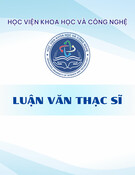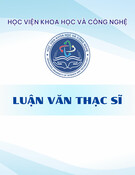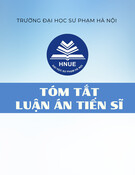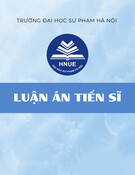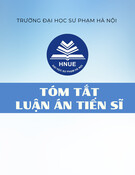
ABSTRACT
This study is carried out in an attempt to investigate the general patterns of
preferred and dispreferred second turns as well as the common linguistic features
indicating them in the first episode of the film Downton Abbey based on the theoretical
frameworks of conversation analysis and preference structure.
The database comprises 108 conversations, in which 13 contain preferred
second responses and 95 consist of dispreferreds. Both quantitative and qualitative
methods have been employed to seek answers to the research question.
The findings reported in the study can be summarized as follows. Firstly, the
mere four patterns of preferred seconds, namely assessment – agreement, invitation –
acceptance, proposal – agreement and request – acceptance, can be found in the
movie and the assessment – agreement pattern is the most common one. Also, there are
four linguistic elements signaling the preferreds, among which „saying „Yes‟ as
answer‟ ranks the most. Next is the appearance of all the five patterns, respectively
assessment – disagreement, invitation – refusal, offer – decline, proposal –
disagreement and request – refusal, in the examined dialogues including dispreferred
second turns. The „delay/hesitate‟ feature is the most widely used one. Additionally,
the data analysis figures out that there is a combination of using several linguistic units
to indicate dispreferred second responses and some certain elements express the same-
class lines.






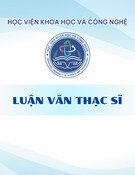
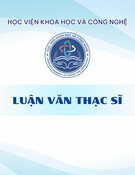
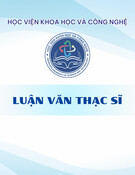
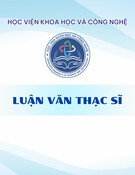
![Luận văn Thạc sĩ: Tổng hợp và đánh giá hoạt tính chống ung thư của hợp phần lai chứa phần tetrahydro-beta-carboline và imidazo[1,5-a]pyridine](https://cdn.tailieu.vn/images/document/thumbnail/2025/20250816/vijiraiya/135x160/26811755333398.jpg)
